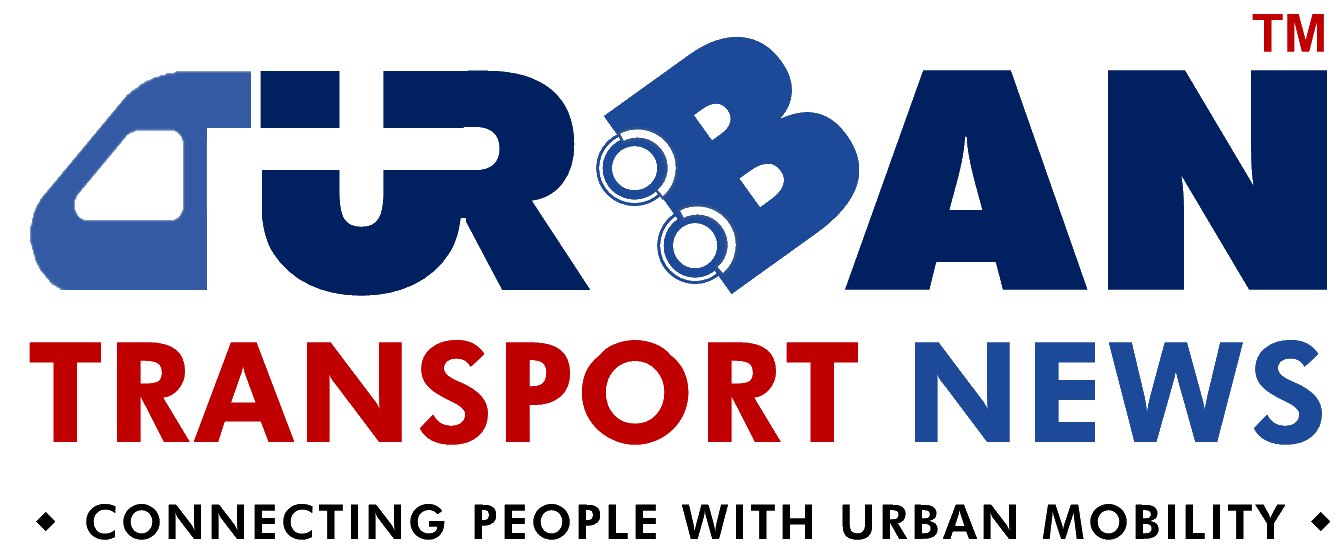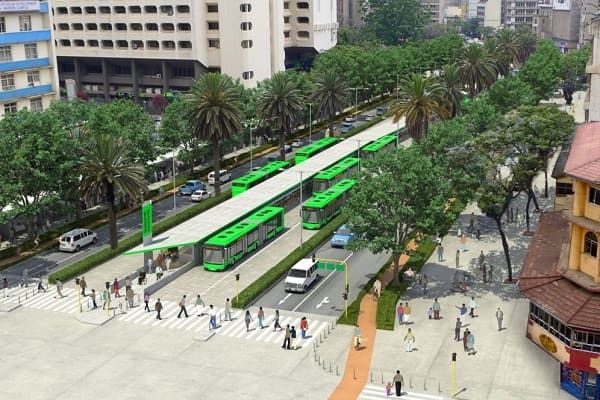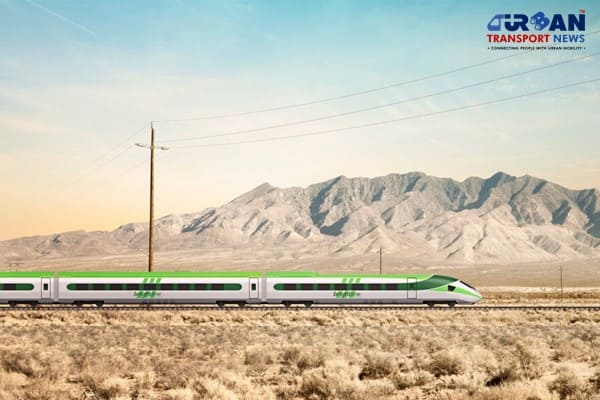 Qatar approves Saudi Rail Link Agreement, Accelerating Gulf Railway Vision 2030
Qatar approves Saudi Rail Link Agreement, Accelerating Gulf Railway Vision 2030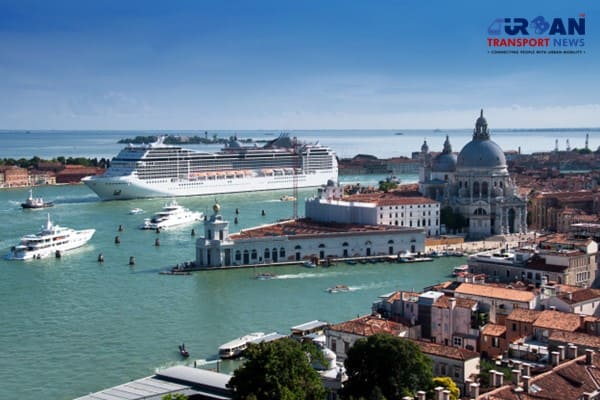 UP Govt plans to introduce Water Metro services in Ayodhya, Varanasi & Prayagraj
UP Govt plans to introduce Water Metro services in Ayodhya, Varanasi & Prayagraj India’s First Urban Ropeway begins Trial Run in Varanasi, Set to carry 1 Lakh passengers daily
India’s First Urban Ropeway begins Trial Run in Varanasi, Set to carry 1 Lakh passengers daily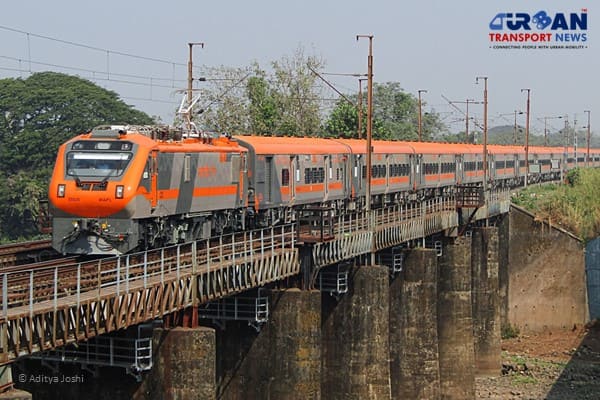 India and Bhutan to Build First-Ever Rail Link: ₹4,033 Cr Project to Boost Regional Connectivity
India and Bhutan to Build First-Ever Rail Link: ₹4,033 Cr Project to Boost Regional Connectivity Patna to launch Eco-Friendly Water Metro; Trial Run soon between Digha and Kangan Ghats
Patna to launch Eco-Friendly Water Metro; Trial Run soon between Digha and Kangan Ghats Air India Group set to launch Flights Operations from Navi Mumbai International Airport
Air India Group set to launch Flights Operations from Navi Mumbai International Airport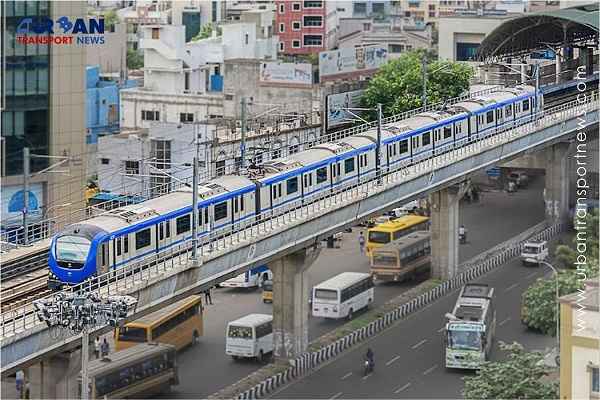 Chennai to launch 25-Year Mobility Plan with Unified QR Ticketing and One-App Transit System
Chennai to launch 25-Year Mobility Plan with Unified QR Ticketing and One-App Transit System Kochi Metro bags ₹4.4 crore contract to prepare DPR for Mumbai Water Metro Proejct
Kochi Metro bags ₹4.4 crore contract to prepare DPR for Mumbai Water Metro Proejct Navi Mumbai International Airport set for September launch; IndiGo and Akasa Air to lead Operations
Navi Mumbai International Airport set for September launch; IndiGo and Akasa Air to lead Operations Noida International Airport to be Inaugurated on October 30, Commercial Flights in 45 Days
Noida International Airport to be Inaugurated on October 30, Commercial Flights in 45 Days
China completes test of first Hydrogen Powered Train at the speed of 160kmph
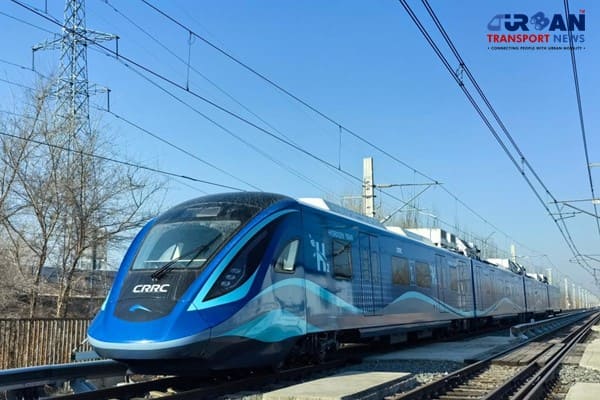
Changchun, China (Urban Transport News): The completion of China's first domestically developed hydrogen-powered urban train marks a significant advancement in the utilization of hydrogen energy within rail transit. Developed by CRRC Changchun Railway Vehicles Co., Ltd. in Jilin Province, the train achieved a notable milestone by conducting tests at a speed of 160 kph. Unlike conventional trains relying on fossil fuels or catenary systems, this urban train features an onboard hydrogen power system, offering a robust and sustainable power source with a maximum cruising range exceeding 1,000 km.
Test data reveals promising energy efficiency, with an average consumption of 5 kWh per km, comparable to leading global standards. Equipped with a hybrid traction system comprising hydrogen fuel cells, storage systems, cooling mechanisms, and batteries, the train ensures reliability and safety. In case of emergencies, the system is designed to alert the driver and isolate the fuel cells from the train's energy network until the issue is resolved.
Integrating digital solutions common in CRRC's new trains, this hydrogen-powered locomotive boasts features such as automatic operation (GoA2), sensor monitoring for performance evaluation, and 5G communication for data transmission. With hydrogen as its energy source, the train is expected to significantly reduce CO2 emissions compared to diesel-powered trains, eliminating the need for electrified rail lines.
This project, spanning five years, received substantial state support, with most of the invested funds reimbursed. Each train car is equipped with rooftop hydrogen storage tanks and a 200 kW fuel cell, along with lithium-ion batteries situated beneath the cars. Additionally, the project facilitated the establishment of a stationary hydrogen charging station and laid the groundwork for developing hydrogen charging infrastructure for future rolling stock.
CRRC's venture into hydrogen-powered trains builds upon its prior successes, including hydrogen shunting locomotives and trams. Notably, the company secured its first export agreement for a hydrogen locomotive with Chile in November. Overall, this development underscores China's commitment to innovation and sustainability in rail transportation, positioning hydrogen as a viable alternative to traditional energy sources.
